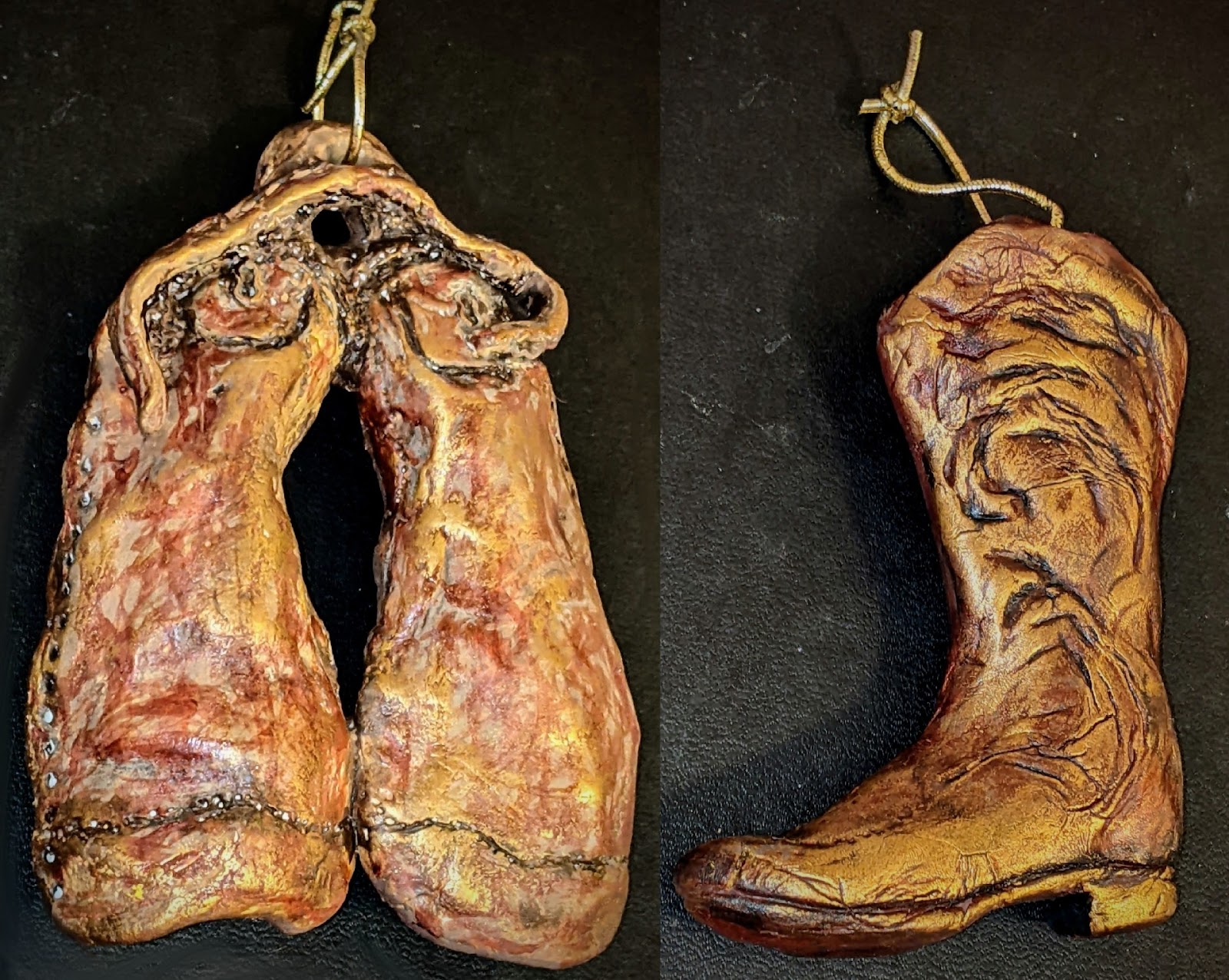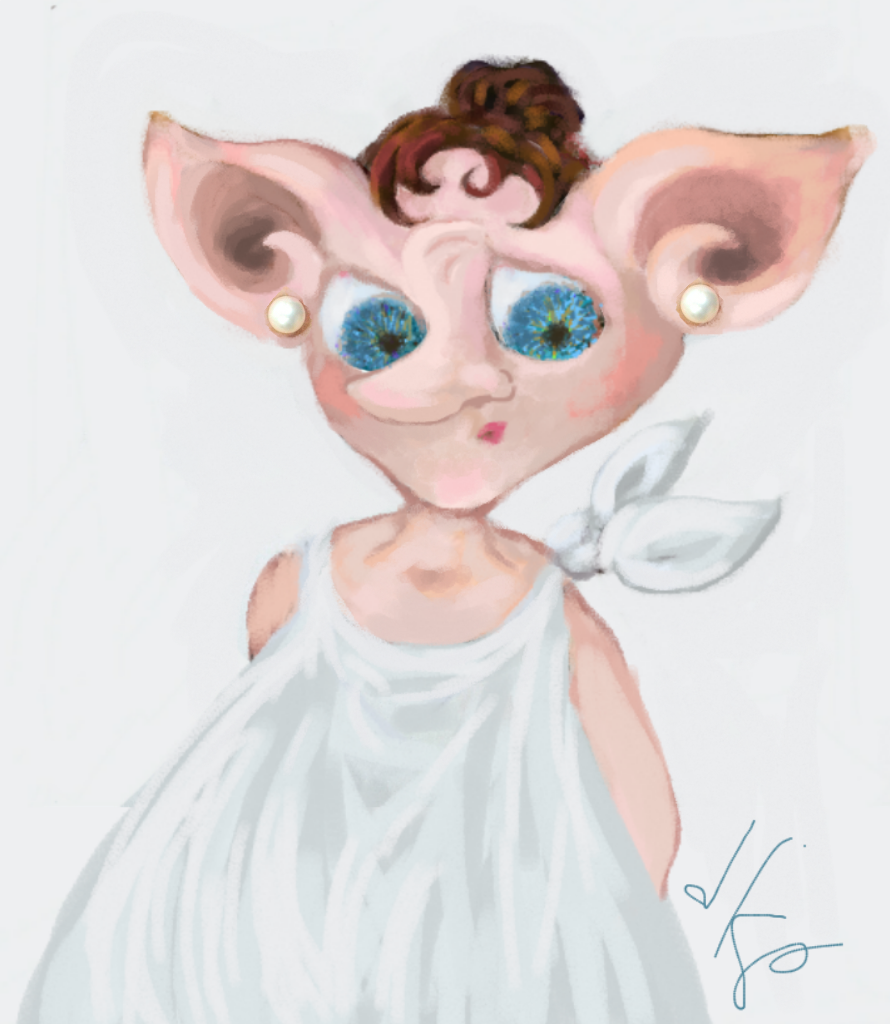Clear Drawing Boards
For drawing boards, I had used Masonite® (hardboard) for years before I came across a nice, big piece of clear Plexiglas®* (acrylic glass), which then became my favorite board. I could jerry-rig it with a desk lamp and make it double as a light table if needed. Somewhere along the line, my treasured piece of Plexiglas® disappeared, so I recently went shopping for another. Dick Blick (my favorite on-line art-supply store) didn't have it. I found it at eStreetPlastics. That latter was a new site for me, but I found that it was easy enough to use. While browsing the site, I came across another product: polycarbonate (another clear polymer). It was billed as a harder material.
I decided to order one of each. It can't hurt to have an extra drawing board, and I thought if I ordered the slightly thinner sheet of polycarbonate, it would be a little lighter and easier to handle than the Plexiglas.® Actually, it turned out to be slightly heavier, so I should have checked the weight more carefully.
Here are the differences, according to my research and my own findings: both products are nice and clear. The polycarbonate is sparkling clear and could be confused with glass, to look at it. In fact, it is used in eyeglasses. Before you settle on it, though, keep in mind that it's easier to scratch than Plexiglas.® If eyeglasses are scratch resistant, it's only because they've been coated. Your big piece of raw poly is uncoated (unless otherwise specified). It might scratch. I haven't had mine long enough to test it, so the jury's still out on that one.
The Plexiglas® is lighter and easier to handle. It is highly transparent, though not as sparkling clear as polycarbonate. It does scratch, though not as easily. My old Plexi drawing board was fairly well abused over the years. Though it was slightly scratched when I lost it, it was still highly transparent. I can't complain.
As for the old standby, Masonite,® I would still find it useful. Masonite® is a hardboard, made of wood fibers that are steam-heated and pressed. Tempered Masonite® is stronger and less flexible than untempered, and has a compact, burnished finish. As a drawing board, I prefer tempered Masonite.® It's harder. It's not as slick and slippery as acrylic glass and polycarbonate, if you're having to carry it around or hold it while you draw. You can paint on it. (You probably could the others if you wanted to experiment with transparency ~ but I would be concerned about the slickness of the surface). I used to have my Masonite® sheets cut to size. At one time, they were pretty cheap and easy to find ~ at least, locally. Now, they've either gotten expensive or a little harder to find. I never seem to run across them anymore.
Masonite® is not resistant to weather ~ it can warp and rot. It is pretty heavy for its thickness. Still, it can be used as a surface for painting, just as you'd use a canvas or a wood panel. Many years ago, in art class and afterwards, I used small (8x10, 9x12, 11x14) Masonite® panels, at a thickness of about one-eighth to one-fourth inches, in place of wood panels for panel painting. I primed them with acrylic gesso (a traditional canvas primer) and then painted on them with oils or acrylics. They were suitable for the purpose, though I can't say anything about their permanence. Presumably, they would last for many years, if protected from weather. Untempered Masonite® is somewhat absorbent. Tempered Masonite® is slick and slightly greasy seeming. I think I used both kinds, though I seem to recall being warned that tempered Masonite® had a slick or oily surface that might resist Gesso. Masonite® has been in use for years, so I'm not the first to try it. Wikipedia (article on Masonite®) cites Joan Miro, and gives this URL: http://www.moma.org/interactives/exhibitions/2008/miro/flashsite/ . The paintings on this site look as if they were done on untempered Masonite®, probably unprimed. The artist has allowed the natural-wood coloring of the surface to be an integral part of the painting.
*Plexiglas® and Masonite® are brand names. I use them rather generically, because that's what I'm used to. I can't swear that my old board was Plexiglas® Lucite® is another known brand of acrylic glass. Any old brand will do as a drawing board, I presume.
I decided to order one of each. It can't hurt to have an extra drawing board, and I thought if I ordered the slightly thinner sheet of polycarbonate, it would be a little lighter and easier to handle than the Plexiglas.® Actually, it turned out to be slightly heavier, so I should have checked the weight more carefully.
Here are the differences, according to my research and my own findings: both products are nice and clear. The polycarbonate is sparkling clear and could be confused with glass, to look at it. In fact, it is used in eyeglasses. Before you settle on it, though, keep in mind that it's easier to scratch than Plexiglas.® If eyeglasses are scratch resistant, it's only because they've been coated. Your big piece of raw poly is uncoated (unless otherwise specified). It might scratch. I haven't had mine long enough to test it, so the jury's still out on that one.
The Plexiglas® is lighter and easier to handle. It is highly transparent, though not as sparkling clear as polycarbonate. It does scratch, though not as easily. My old Plexi drawing board was fairly well abused over the years. Though it was slightly scratched when I lost it, it was still highly transparent. I can't complain.
As for the old standby, Masonite,® I would still find it useful. Masonite® is a hardboard, made of wood fibers that are steam-heated and pressed. Tempered Masonite® is stronger and less flexible than untempered, and has a compact, burnished finish. As a drawing board, I prefer tempered Masonite.® It's harder. It's not as slick and slippery as acrylic glass and polycarbonate, if you're having to carry it around or hold it while you draw. You can paint on it. (You probably could the others if you wanted to experiment with transparency ~ but I would be concerned about the slickness of the surface). I used to have my Masonite® sheets cut to size. At one time, they were pretty cheap and easy to find ~ at least, locally. Now, they've either gotten expensive or a little harder to find. I never seem to run across them anymore.
Masonite® is not resistant to weather ~ it can warp and rot. It is pretty heavy for its thickness. Still, it can be used as a surface for painting, just as you'd use a canvas or a wood panel. Many years ago, in art class and afterwards, I used small (8x10, 9x12, 11x14) Masonite® panels, at a thickness of about one-eighth to one-fourth inches, in place of wood panels for panel painting. I primed them with acrylic gesso (a traditional canvas primer) and then painted on them with oils or acrylics. They were suitable for the purpose, though I can't say anything about their permanence. Presumably, they would last for many years, if protected from weather. Untempered Masonite® is somewhat absorbent. Tempered Masonite® is slick and slightly greasy seeming. I think I used both kinds, though I seem to recall being warned that tempered Masonite® had a slick or oily surface that might resist Gesso. Masonite® has been in use for years, so I'm not the first to try it. Wikipedia (article on Masonite®) cites Joan Miro, and gives this URL: http://www.moma.org/interactives/exhibitions/2008/miro/flashsite/ . The paintings on this site look as if they were done on untempered Masonite®, probably unprimed. The artist has allowed the natural-wood coloring of the surface to be an integral part of the painting.
*Plexiglas® and Masonite® are brand names. I use them rather generically, because that's what I'm used to. I can't swear that my old board was Plexiglas® Lucite® is another known brand of acrylic glass. Any old brand will do as a drawing board, I presume.


Comments
Post a Comment
Your thoughts and comments are greatly appreciated!